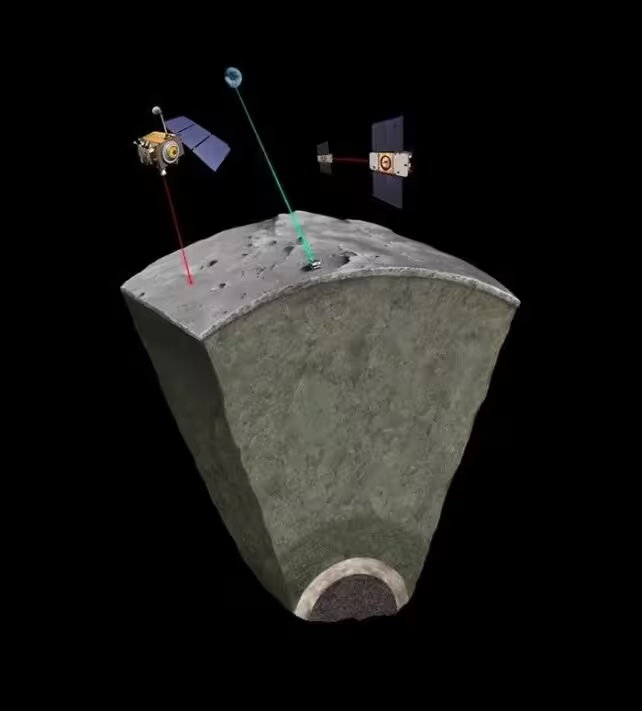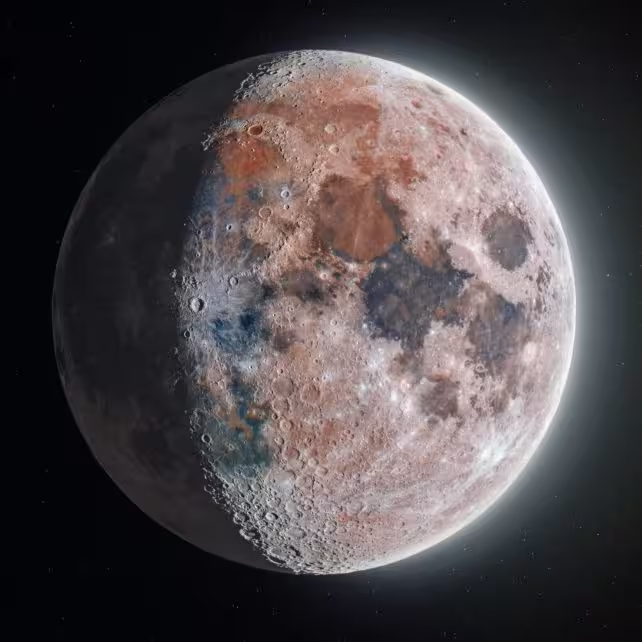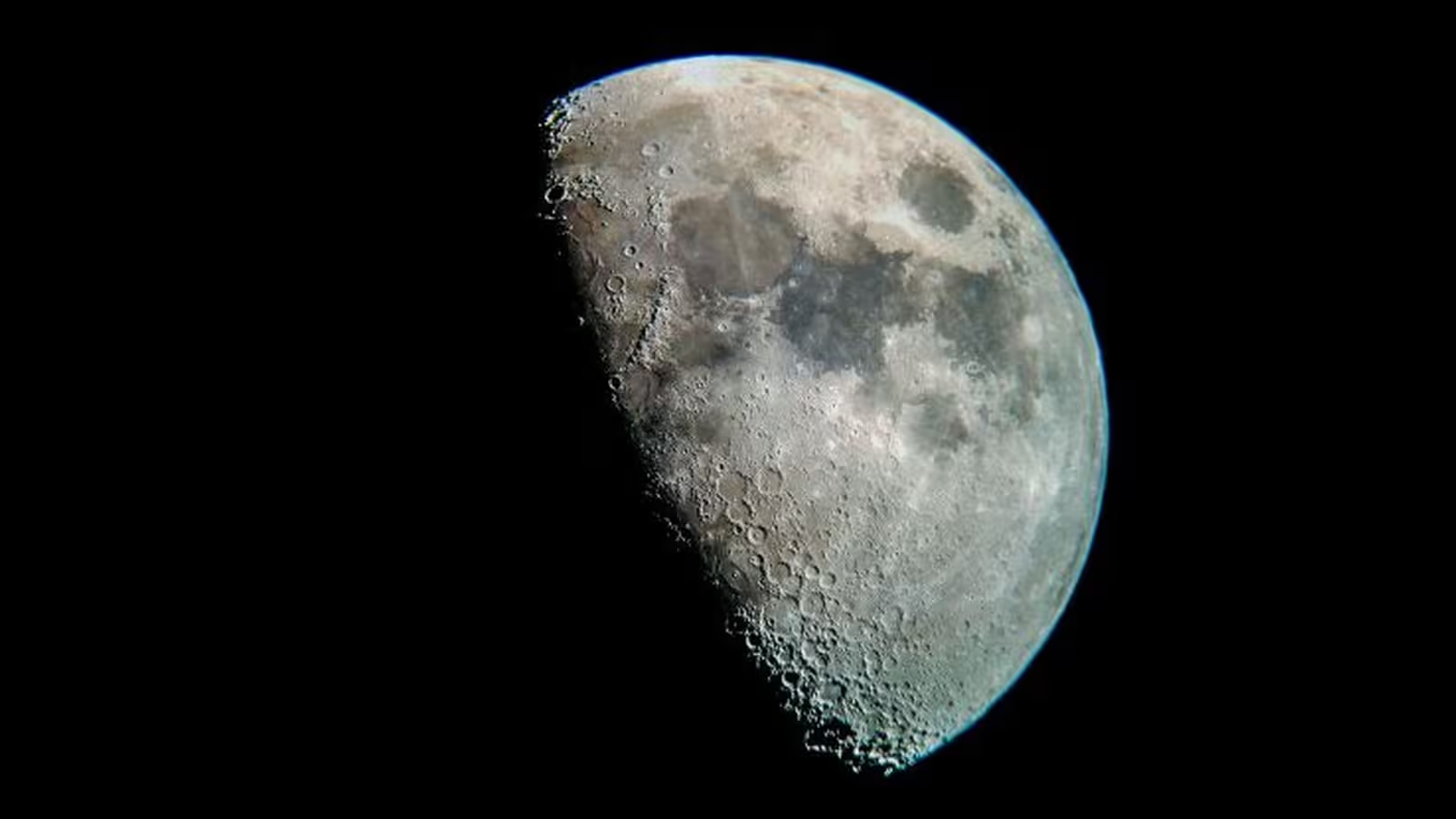5 Minutes
The Mystery Inside the Moon: Decades-Long Debate Resolved
For centuries, the internal structure of the Moon has intrigued scientists and stargazers alike. While early myths imagined a Moon made of cheese, the true composition of our natural satellite's core remained one of space science's most persistent mysteries. Now, a landmark study published in May 2023 decisively reveals that the Moon possesses a solid inner core with a density close to iron—shedding light on both lunar evolution and the early history of our Solar System.
Investigating Lunar Interiors: From Apollo to Modern Models
Understanding what lies beneath the lunar surface requires more than telescopic observations. Planetary scientists use seismic data—recordings of how vibrations travel through a body's layers—to reveal the hidden interiors of planets and moons. The Apollo missions of the 1960s and 70s placed seismometers on the Moon. While this yielded invaluable early data about moonquakes and moon structure, the resolution of these recordings fell short of conclusively determining whether the Moon’s core was solid or molten.
Researchers had established the presence of a liquid outer core, akin to Earth’s, but the state of the very center remained ambiguous for decades. Competing models, some proposing a wholly fluid core and others a solid inner sphere, fit the incomplete seismic data equally well.
Breakthrough Findings: New Techniques, Deeper Insights
To resolve this long-standing enigma, a multidisciplinary team led by astronomer Arthur Briaud from the French National Centre for Scientific Research employed a comprehensive suite of methods. The team combined gravitational and seismic data from space missions, lunar laser-ranging experiments, and observations of lunar motion. By modeling how the Moon deforms under Earth's gravitational pull, varies in distance from our planet, and distributes its mass, researchers created a highly refined profile of the lunar interior.
By running sophisticated simulations involving different core compositions, the models that best matched lunar observations consistently pointed to an "active overturn" process deep within the lunar mantle. This process—the sinking of denser materials toward the lunar center and the rising of lighter ones—had long been theorized as the reason for the distribution of certain elements in lunar volcanic rocks. The new findings strengthen this scenario, providing crucial support for how the Moon’s interior evolved over billions of years.

A Moon with Earth-like Features: Dimensions and Density of the Core
Perhaps the most striking conclusion from Briaud’s study is the Moon’s striking similarity to Earth’s own internal structure. The best-fit model suggests the Moon has an outer fluid layer approximately 362 kilometers (225 miles) in radius, enveloping a robust, solid inner core about 258 kilometers (160 miles) across—around 15% of the Moon’s total radius.
The inner core itself is calculated to have an average density of about 7,822 kilograms per cubic meter, closely matching the density of iron. This result directly aligns with earlier 2011 findings from a NASA-led team, which used state-of-the-art seismic analysis to estimate a solid inner core with a similar size and density.
As Briaud and his colleagues emphasize, their study not only confirms prior suggestions of a solid inner core but also strengthens the case for a Moon that is structurally more similar to Earth than previously believed. This has profound implications for understanding how and why the Moon lost its magnetic field over time.
Implications for Lunar Magnetism and the Solar System’s Early Years
Analyses of ancient lunar rocks show that the Moon once possessed a strong, active magnetic field, a phenomenon generated by convection and movement within a metallic core. This magnetic field began to wane roughly 3.2 billion years ago, but the details of its disappearance remained speculative.
With solid evidence that the Moon’s core has both fluid and solid components, similar to our planet, scientists gain a clearer picture of the early dynamo action that would have generated lunar magnetism. Understanding this process not only explains aspects of lunar geology and history but also offers vital clues about the dynamics of the solar system’s other rocky bodies during their formative periods.

Looking Ahead: The Future of Lunar Exploration
As international interest in the Moon intensifies and new lunar missions are planned, these findings arrive at a pivotal time. There is strong anticipation that future seismic instruments—precisely deployed by upcoming crewed and robotic explorers—will further validate and enrich our understanding of the Moon’s deep interior. Such advancements will enhance lunar science and may unlock additional secrets about planetary differentiation, magnetic fields, and the early Solar System.
Conclusion
The confirmation of a solid iron-rich inner core within the Moon marks a transformative step in planetary science. By resolving a fundamental question about lunar structure, researchers have not only unraveled a central aspect of the Moon’s history but also advanced our knowledge of planetary formation and evolution in the Solar System. As humanity prepares to return to the Moon, this scientific milestone promises to guide and inspire the next era of lunar exploration and discovery.
Source: nature



Comments